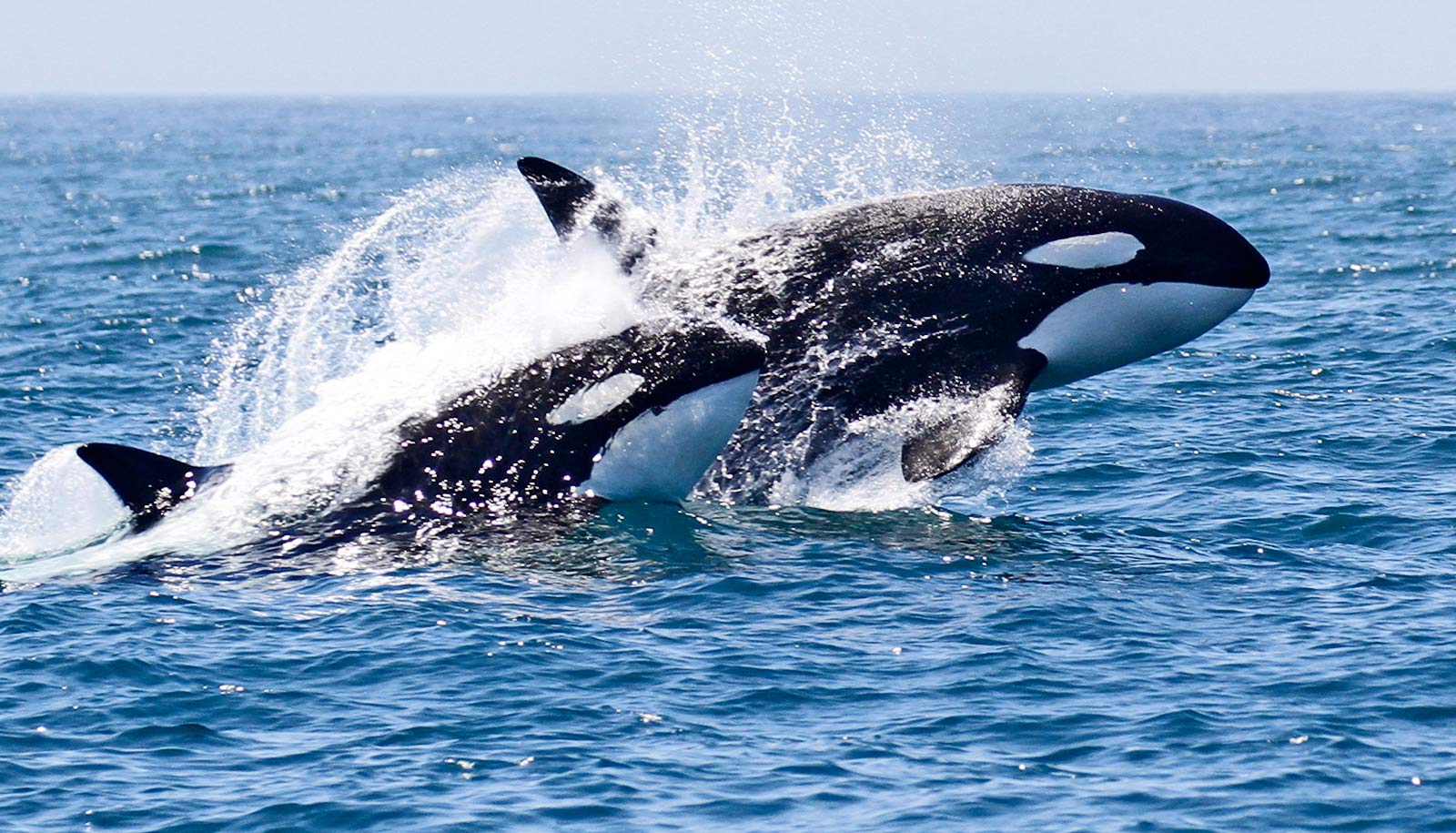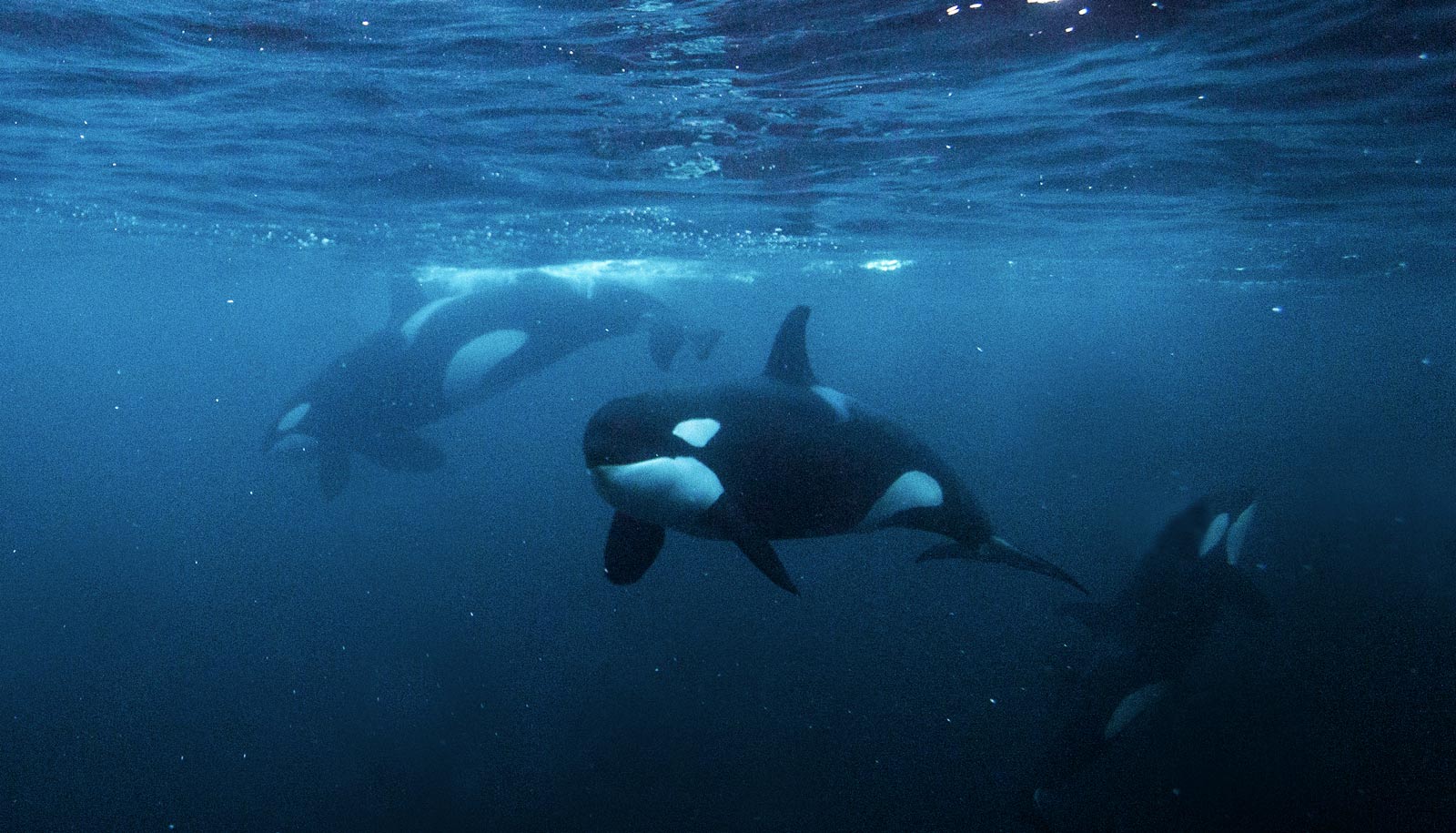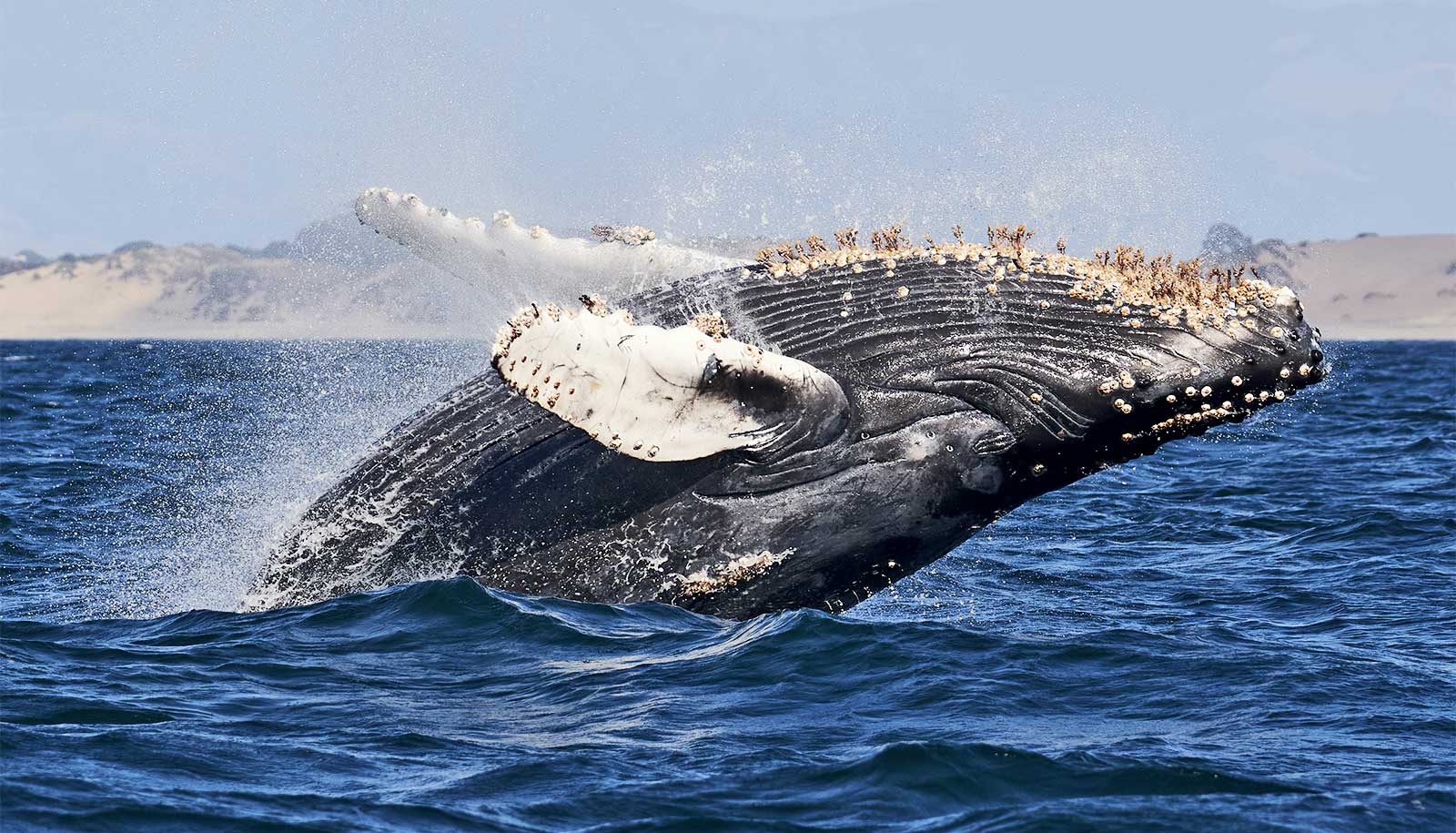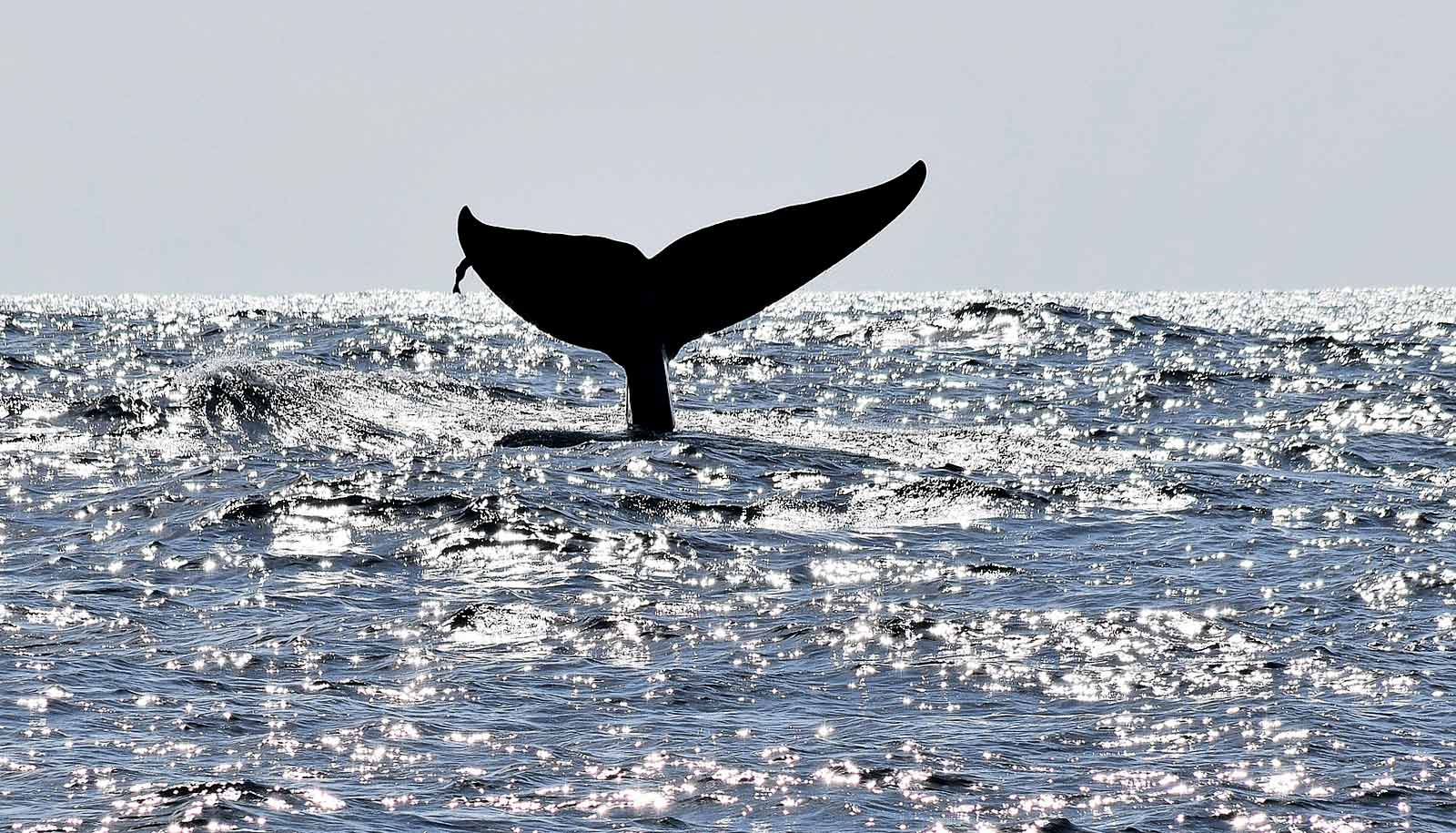A whale biologist calls a pod of orcas taking down a blue whale “arguably one of the most dramatic and intense predator-prey interactions on the planet.”
Earlier this year, news broke of the first documented cases of orcas, or killer whales, teaming up to take down a blue whale in waters off Australia. Jeremy Goldbogen, whose team was the first to record the heart rate of a blue whale in the wild, shares what the discovery means for whale research and conservation:
Is this something marine biologists imagined could happen?
It is well documented that killer whales attack other large baleen whale species. Nevertheless, it was extraordinary to see evidence of predation at the largest scale and it supports our understanding of killer whales as apex predators with complex social structures. A single killer whale could never take down a blue whale, but several killer whales coordinating together to kill the largest animal that has ever lived is arguably one of the most dramatic and intense predator-prey interactions on the planet.
What was your reaction when you first learned of this?
I was amazed to read this new study, and it reinforces why I think natural history is so interesting. We’ve known about these whale species for so long, so it is incredible to realize that we have so much to learn about them, from their basic biology to how we can conserve these endangered species that are economically, culturally, and ecologically important.
Have you come across anything like this in your own research?
My colleagues and I have seen a lot of blue whales in our many days at sea, but we have never seen this exact event. Some of my colleagues have seen killer whales chase blue whales at high speeds, however. Over the years, researchers have synthesized observations like this (predatory interactions between killer whales and baleen whales) and postulated a “fight or flight” hypothesis. Some baleen whale species, like right whales and humpback whales, have robust body shapes and respond to killer whale attacks through defensive postures (sometimes in a rosette with heads together and tails outward) and strong tail slaps. Other species like blue whales and fin whales have streamlined body shapes for high-speed swimming and often flee in the presence of killer whales. This may be one reason why this event is so rarely observed.
Some scientists have speculated that orcas killing blue whales is a sign that the blue whale population is growing. What do you think?
I certainly hope that this reflects a predator-prey interaction that was much more common before whaling because it shows that our conservation efforts are working and having a real impact. Humans decimated large whale populations in the 20th century, and they continue to face a wide range of threats in this century including ship strikes, entanglement in fishing gear, and acoustic disturbance. Increased efforts to ensure the full recovery of baleen whale populations will provide benefits for the environment and human populations that depend on it.
Source: Stanford University



